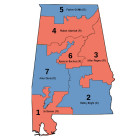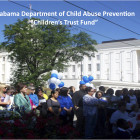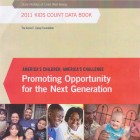
Federal Appeals Court to Hear Birmingham School Pepper Spray Case
|
A case that alleges chemical spray is overused in Birmingham, Ala., schools is headed to federal appeals court and will probably not re-emerge for at least a year. Attorneys for the school officials, resource officers and city police officers named as defendants have asked the United States Court of Appeals for the Eleventh Circuit to hear two questions. First, if the case go forward as a class action; and second, if they have any official immunity. If the court decides to hear the questions, no ruling is likely for at least a year, said Ebony Howard, an attorney with the Montgomery-based Southern Poverty Law Center. She is lead attorney representing six youths who say officers on campus sprayed them with a chemical called Freeze+P for minor school-based infractions, including in one case, uncontrollable crying over being bullied.








